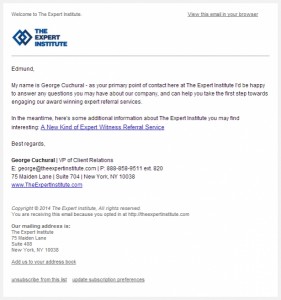Social media can be an invaluable asset for startups: financially viable, most channels are completely free of charge, and can elevate new brands into the public eye. What’s more, a great social media strategy can provide direct access to potential new customers that would be otherwise inaccessible. But where do you start in the vast, and often daunting, social stratosphere?
Start with your social media strategy
Knowing the difference between a personal and professional approach to social media is imperative for any business making its first mark on the social world. Consider your company objectives, target audience and desired tone of voice: is your company straightforward or easy-going? Aim for consistency across channels but don’t replicate. Starbucks, for instance, maintains a friendly and conversational tone of voice across Facebook, Twitter and Instagram, but varies its content with videos, links and images so posts don’t appear repetitive or formulaic.
Kindness is treating the person behind you. ☕️ #SnapItForwardDay https://t.co/u0p5fYBqA5 pic.twitter.com/wBGPQDVXyv
— Starbucks Coffee (@Starbucks) December 9, 2016
Choose your platforms
Consider where your target audience is most active online. Creating a presence on all social channels is a waste of time and resources if the user bases don’t consist of your potential customers. A B2B startup may be better placed targeting business leaders on LinkedIn, while a consumer-facing retailer would find a better base of customers on Pinterest. Look at the channels that your competitors are succeeding on, and consider which channels would best fit your own approach – tailor the channel to you, rather than complicating your brand personality for the channel.
Build influencers
Local celebrities, bloggers and brand ambassadors with large social media followings can offer startups exposure to a much wider audience than they would initially be able to access. Creating relationships with influencers also proves to prospective customers why your product or service is worth exploring, giving them means to see your product or service tried and tested before investing themselves.
Keep evolving
If you aren’t achieving your desired levels of audience engagement, never be afraid to revisit and adapt your social media strategy. Investigate the subjects your audience is talking about online, what major brands in the industry are doing to gain engagement, and the type of posts that received the most reactions on your own channels. Make the most of free analytics tools that allow you to make more informed decisions about the type of content you post. Facebook insights, Twitter and LinkedIn analytics all allow you to measure your best and worst performing activity on a monthly basis, while other external tools such as Likealyzer and Followerwonk help you to dig deeper into your social engagement numbers, and further your audience research online.

(42)







